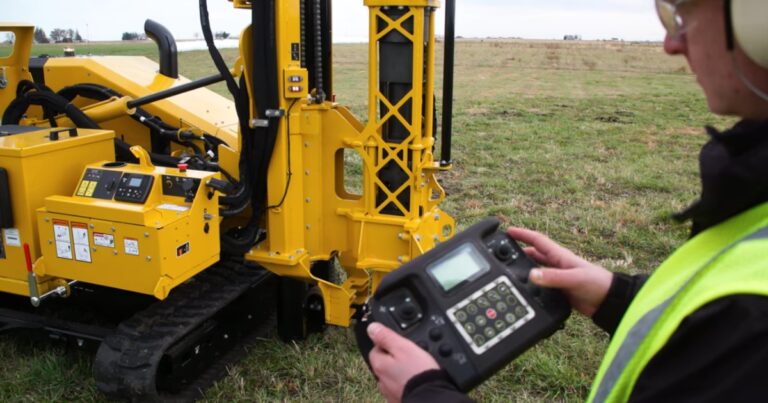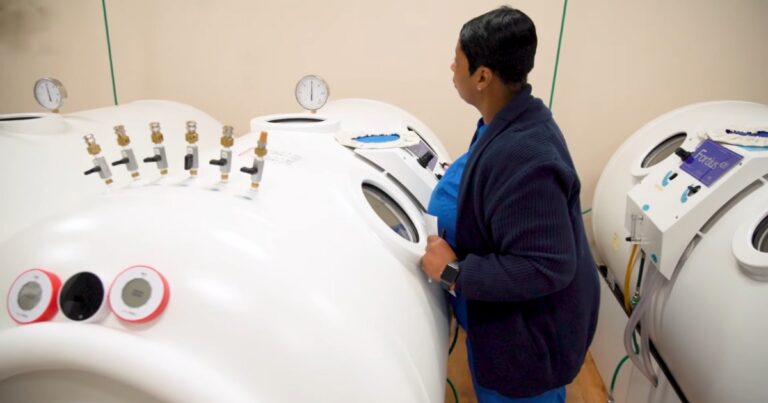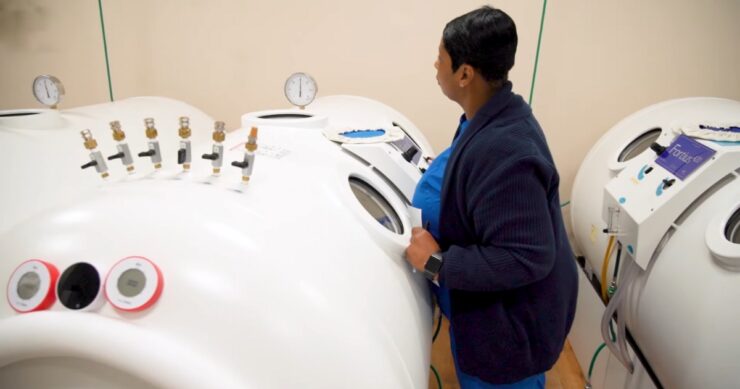Pile driving is a foundational technique widely used in construction to provide support to structures by driving piles into the soil. This method ensures a stable and robust base for various constructions, from residential buildings to bridges and piers.
The effectiveness of pile driving is largely dependent on the equipment used. Understanding the essentials of this equipment is crucial for professionals in the construction field.
The Heart of Pile Driving
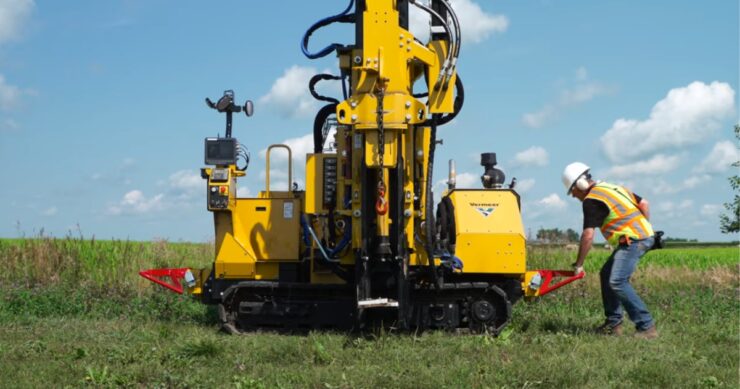
At the core of pile-driving operations is the hammer. Its primary function is to provide the force necessary to drive the pile into the ground. Pile hammers come in different types, including diesel, hydraulic, and air/steam hammers.
Diesel hammers, known for their efficiency and mobility, operate by using a diesel engine to lift and drop a heavy piston onto the pile. Hydraulic hammers offer precision and control, using hydraulic forces to drive the pile, while air/steam hammers utilize compressed air or steam to achieve the same effect.
The choice of hammer depends on the specific requirements of the project, including the type of pile, soil conditions, and environmental considerations.
Piles
Piles themselves are the objects being driven into the ground. They can be made from a variety of materials including wood, steel, and concrete. Wooden piles are often used for smaller, lightweight structures. Steel piles are favored for their strength and durability, making them suitable for supporting larger, heavier structures.
Concrete piles, both precast and cast-in-place, are common in many modern construction projects due to their robustness and versatility. The selection of pile material is dictated by factors such as load requirements, soil composition, and environmental conditions. Learn more at Sigma Plant Finder.
Driving Cap
A driving cap is essential in pile-driving operations. This component sits atop the pile during driving to protect it from the impact of the hammer.
Without a driving cap, the pile could split, crack, or otherwise be damaged, compromising the integrity of the foundation. The driving cap must be robust and correctly sized for the pile to distribute the hammer’s force evenly across the pile’s top surface.
Leaders

Leaders are crucial for guiding the pile into the ground accurately. They consist of a series of frames and guides that hold the pile in the correct position and ensure it is driven vertically, or at the required angle.
Leaders are often part of the pile-driving rig, but can also be separate structures attached to cranes or other lifting equipment. Precision in pile installation is crucial for the stability of the structure, making leaders an indispensable component of pile-driving equipment.
Explore the cutting-edge innovation behind an autonomous robot expediting solar deployment, and discover essential equipment insights for efficient pile driving operations.
The Role of the Crane
A crane is typically used in pile-driving operations to lift and position both the pile and the pile hammer. Cranes must be chosen based on their lifting capacity and stability.
They play a critical role not just in lifting heavy equipment, but also in ensuring the safety of the operation. The operator must be skilled in maneuvering the crane, as inaccurate placement can lead to inefficient pile driving or even accidents.
Power Sources
The efficiency of pile-driving equipment heavily relies on its power source. Diesel engines, hydraulic systems, and pneumatic systems are common. The choice of power source impacts the equipment’s mobility, efficiency, and suitability for different environments.
For instance, hydraulic systems are often preferred for their precise control, while diesel engines are valued for their power and mobility.
Monitoring Equipment
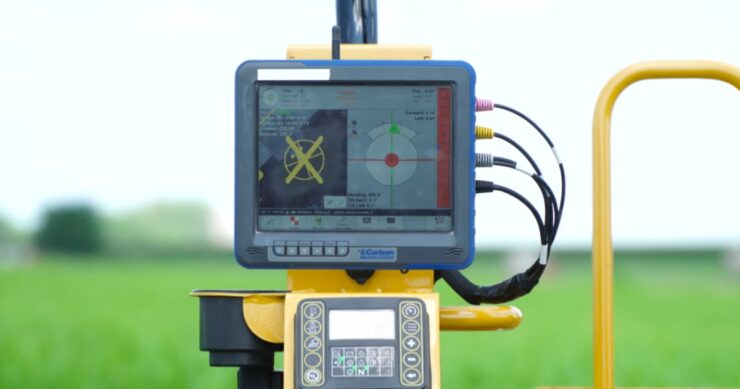
Monitoring equipment is essential for ensuring the pile is driven to the correct depth and alignment. This includes sensors and software that measure variables such as hammer performance, pile penetration rate, and driving stresses. Real-time data provided by these tools assists in making adjustments during the operation, ensuring the integrity and stability of the pile foundation.
Extracting Equipment
While not always used, extracting equipment is important for removing piles. This might be necessary in cases where piles are incorrectly driven or need to be replaced. Extracting equipment must be as robust as driving equipment, capable of pulling piles out of the ground without causing damage to the surrounding area.
Auxiliary Equipment
Lastly, various auxiliary equipment supports the main pile driving operations. This includes welding equipment for steel piles, water jetting equipment for easier soil penetration, and template systems for positioning piles in the correct layout. These tools enhance the efficiency and accuracy of pile-driving operations.
Innovations in Pile Driving Technology
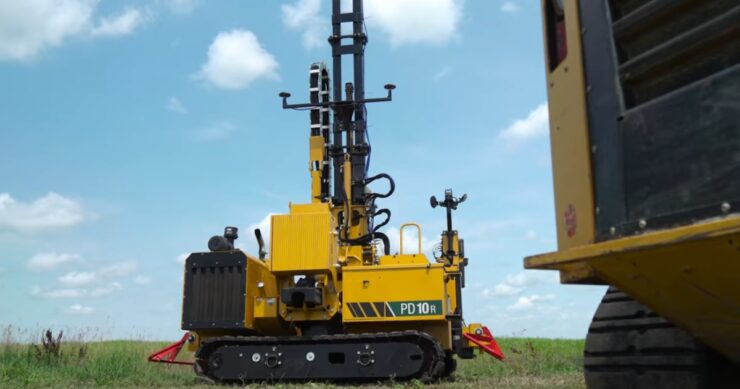
As the construction industry evolves, so does the technology in pile driving. Innovations in this field are not just about enhancing efficiency and accuracy but also about reducing environmental impact and improving safety standards.
Modern advancements include the development of noise-reduction systems, which are crucial in urban areas where noise pollution is a significant concern. These systems can range from soundproof shrouds around pile drivers to advanced hammer designs that reduce noise at the source.
Another significant advancement is the use of robotic and automated systems. These technologies allow for more precise pile placement, reduce the risk of human error, and can significantly improve the safety of workers by reducing their direct involvement in potentially dangerous tasks.
Automation in pile driving also paves the way for more consistent and efficient operations, as machines can often work faster and for longer periods than human crews.
Closing Thought
Pile driving is a complex operation that demands a range of specialized equipment. Each component, from the pile hammer to the auxiliary tools, plays a vital role in ensuring that piles are driven efficiently, accurately, and safely. Understanding the function and importance of each piece of equipment is essential for anyone involved in the construction industry.
As technology advances, the equipment used in pile-driving operations continues to evolve, offering greater efficiency and new capabilities. However, the fundamental principles remain the same, emphasizing the need for precision, strength, and reliability in every aspect of pile driving.
Related Posts:
- Who Is Chris Ivery? 10 Things to Know About Ellen…
- How Long Do the Effects of Hyperbaric Oxygen Therapy…
- The Benefits and Health Considerations of Adult…
- AI Unveiled: Surprising 9 Things You Probably Didn't…
- Catering Equipment Maintenance Tips: Prolonging the…
- Pretty Little Liars Season 3 Spoilers: Brandon W.…

